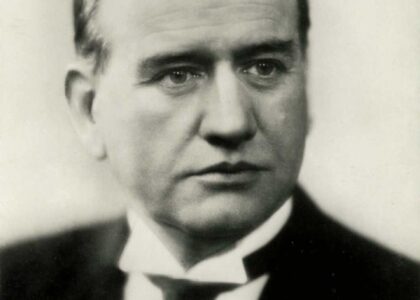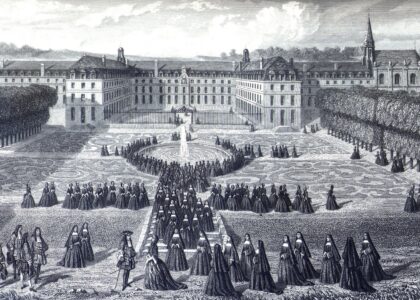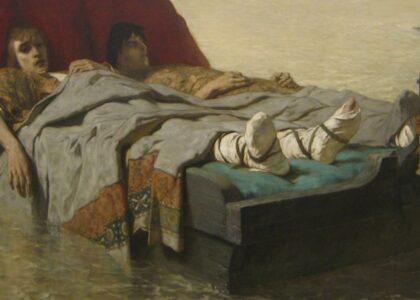Welcome to Mora, Minnesota, home to an iconic symbol of Swedish heritage—the giant Dala Horse. This vibrant community, founded in 1882, owes its name and cultural roots to its sister city, Mora, in Sweden. The story of the Dala Horse begins in the Swedish province of Dalarna, where these carved and brightly painted wooden figures became not only popular toys but symbols of Swedish identity.
In 1971, as part of a cultural celebration of the area’s Scandinavian roots, the people of Mora, Minnesota, erected a massive 25-foot-tall fiberglass Dala Horse. This impressive statue stands at the junction of highways 23 and 65, welcoming visitors with its vibrant red hue and intricate traditional decorations. The Dala Horse serves as a reminder of the Swedish immigrants who settled in this region and contributed to its development.
The tradition of Dala Horse carving dates back to the early 17th century in Sweden, and the craft was brought to America by immigrants who sought to preserve their cultural heritage. One notable figure in the history of the Dala Horse is Stikå Erik Hansson, a painter from the original Mora, Sweden. He pioneered the technique of using two colors on the same brush, a method still admired today. His legacy continues in the artistic details of the horses produced and displayed in both Sweden and Minnesota.
Over the years, the Dala Horse in Mora, MN, has become more than just a cultural symbol; it is a beloved tourist attraction and a point of pride for the residents. It connects the past to the present, illustrating a journey of cultural exchange and adaptation that has shaped the community. Each year, the city celebrates its heritage through events like the Vasaloppet USA, a cross-country ski race inspired by Swedish traditions, further cementing the bond between Mora, MN, and its Swedish counterpart.




